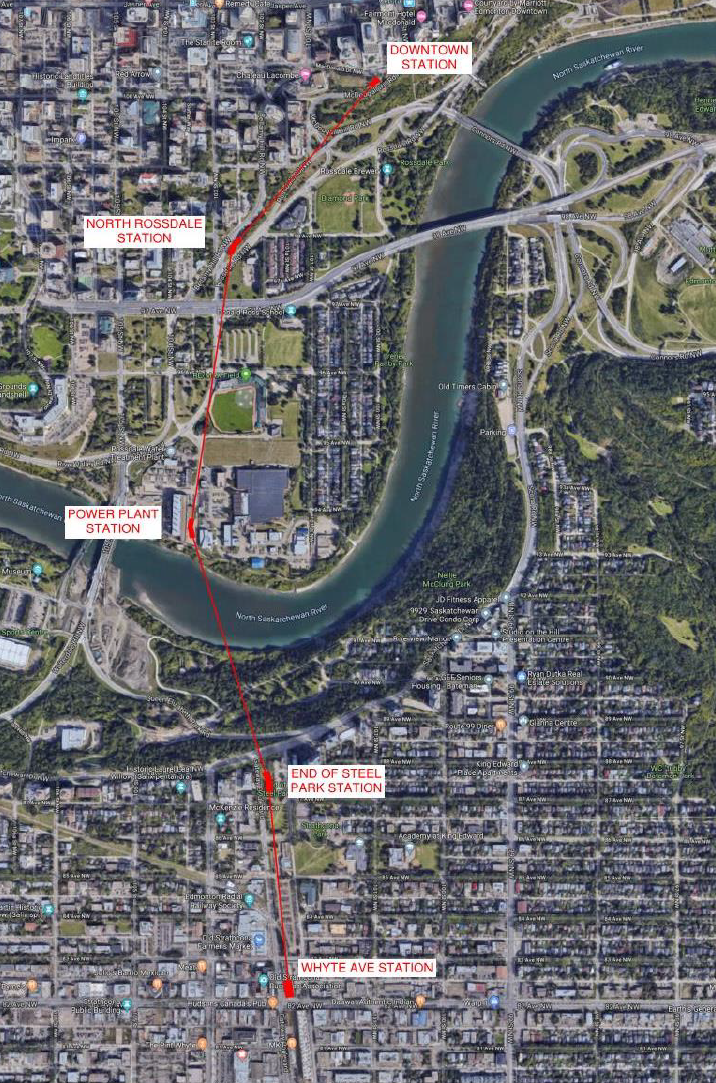
Cities, SI Urban 1/2022, Tourism
Edmonton – Cable car for residents and tourists
The City of Edmonton in the Canadian province of Alberta has over a million residents and is buzzing with excitement: Starting in 2025 an urban cable car with five stations will run through the city centre, over a distance of 2.5 kilometres.
The cable car is financed by private investors and haspolitical support. The route runs over existing roads, public green spaces and the North Saskatchewan River. ”The cable car will be manufactured and maintained by Austrian manufacturer DOPPELMAYR, constructed by EllisDon, and operated by Prairie Sky Gondola.
Furthermore, it creates a tourist experience in the city centre and opens up access to Edmonton‘s river valley, Canada’s largest urban park,” Prairie Sky Gondola CEO Jeffrey Hansen-Carlson reports. The River Valley Alliance estimates that this park is visited by 10 million people per year.
With the cable car, the people responsible hope that 500,000 fewer car journeys will be made and that a proposed additional road or railway bridge over the river will be abandoned. ”Not least, Prairie Sky Gondola should contribute to truth & reconciliation with indigenous peoples, by providing them with direct jobs and making it possible to literally experience their history and culture.“
Starting point
The cable car idea emerged in 2018 in the course of the Edmonton project, an initiative of the local business community. A brainstorming competition was organized, which obliged business to implement any idea that won the competition – and the cable car won. 18 investors therefore set up Prairie Sky Gondola, enlisted the population in the project development and convinced politicians of their plan.
Stations
“The fact that the project has such strong support is due primarily to its five stations, which offer opportunities for transportation, city development, tourism and the business community as well as connecting existing pedestrian routes and modes of transport,” Hansen-Carlson says.
The cable car stations are designed to occupy a central position in the districts, the CEO emphasises: “We see the stations as a chance to create new spaces in Edmonton, which are positive for residents and guests alike.
They are open, accessible and inviting. Their architectural character is exciting and dynamic, and it arouses the curiosity of passers-by.” Each of the stations will be designed with a theme, reflecting either the intended use or the surroundings. At the same time, a compelling architectural language will act as a constant thread.
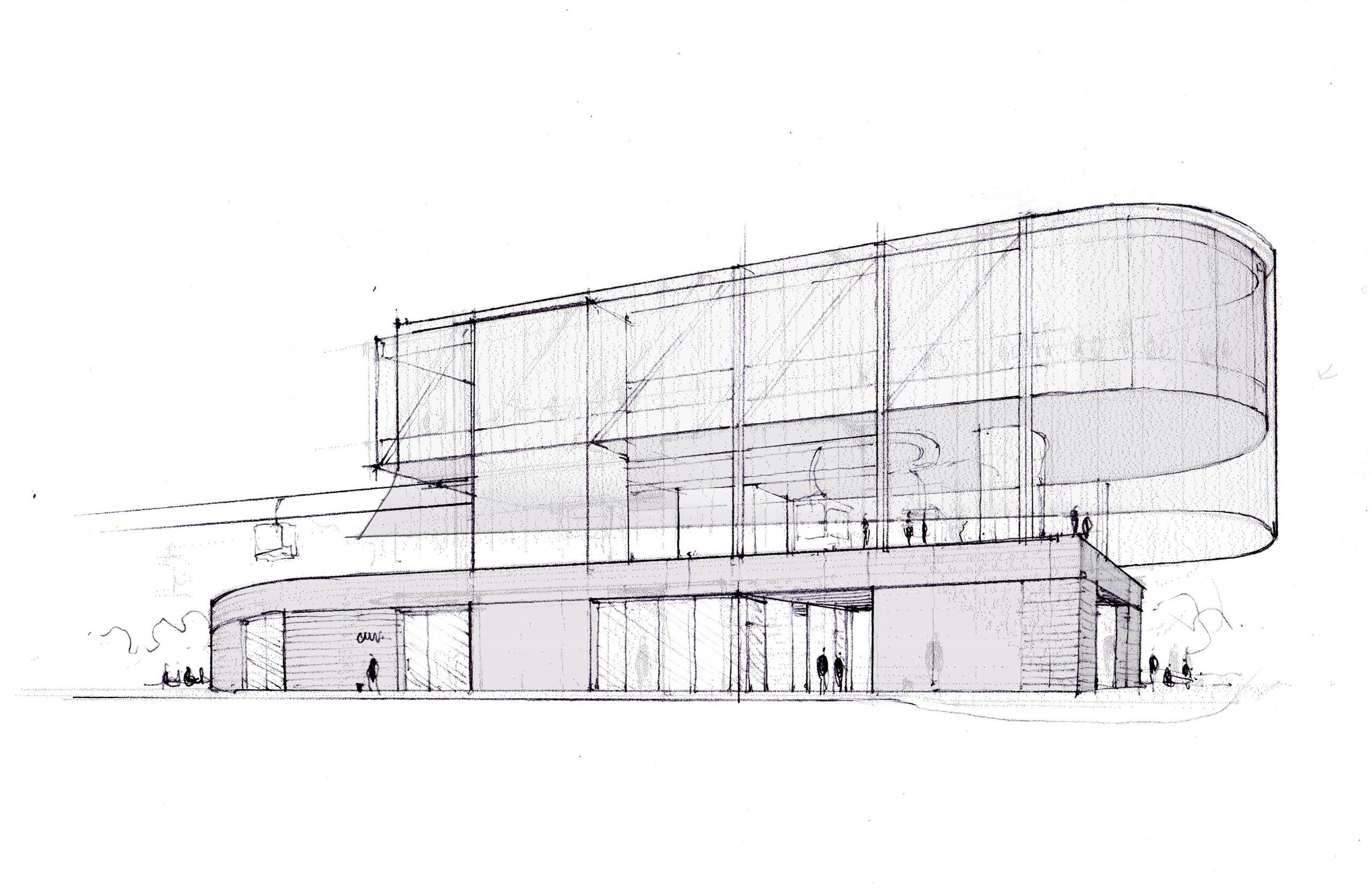
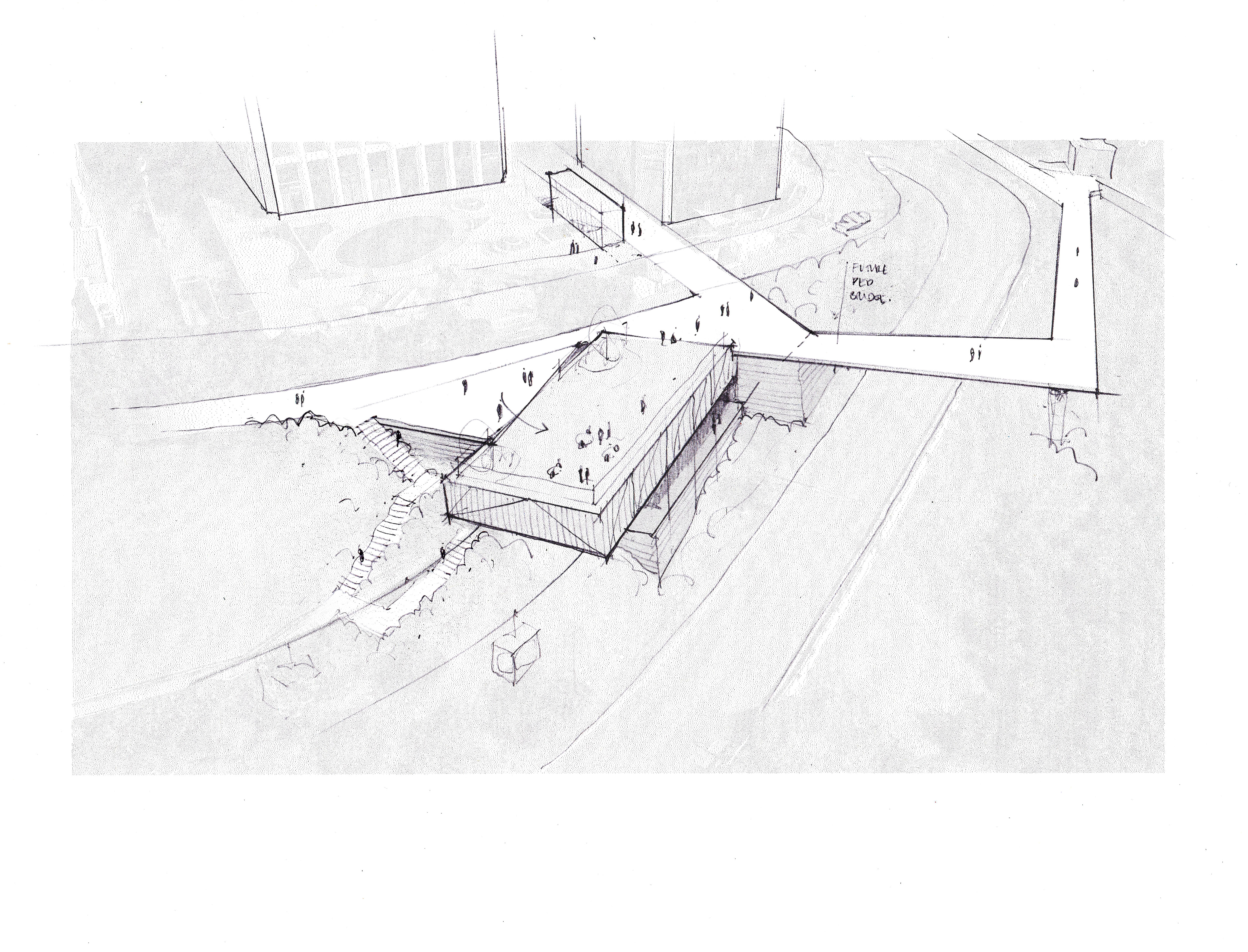
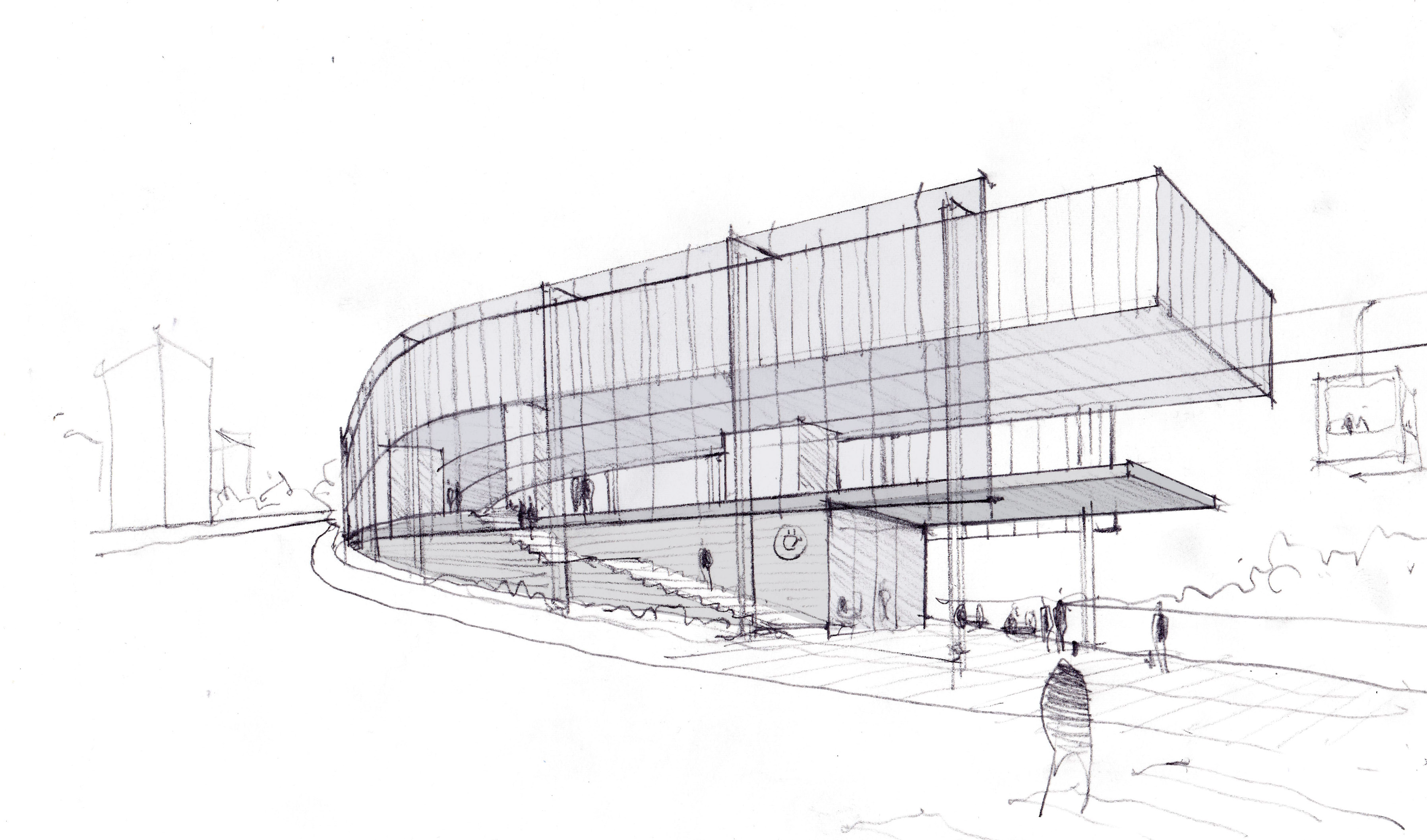
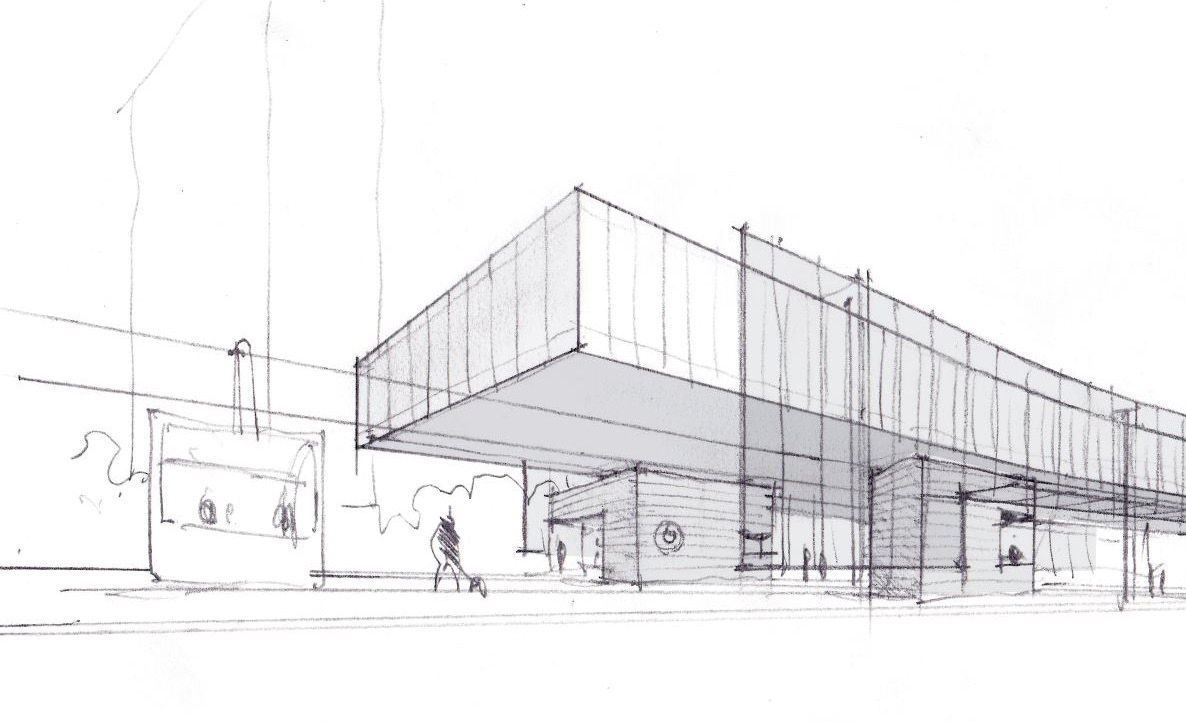
Route
The cable car will start directly in Downtown Edmonton, conveniently connecting to its light rail and bus system.
“Prairie Sky Gondola will connect the city centre with the business district of Old Strathcona and facilitate access to recreation on the river within only a few minutes – especially for senior citizens, children and people with disabilities,” Hansen-Carlson is pleased to report. Rossdale, a district with development potential, is the second stop on the route (Ortona Armoury and Power Plant Station).
“Many people want to live here in the future. The cable car could act as a catalyst for the real estate and development industries and the local economy, without overwhelming people,” the CEO is convinced.
Rossdale Power Plant is a very special station. The industrial monument stands on a historic site, with cultural and archaeological significance that dates back 10,000 years.
Tourists will be able to learn about the history of the indigenous peoples here, allowing members of the general public to interact and learn first hand from local indigenous people. “We want this station to become a hub for users and visitors to the River Valley,” Hansen-Carlson affirms.
Moving forward, the next station, “End of Steel Park”, will tell the story of the railway by integrating railway artifacts, wagons and tracks into the building. However, the majority of the railway station area will be used for commuting, parking cabins and maintenance areas.
The cable car ends at Whyte Avenue, where pedestrians, cyclists and buses come together. Here in the cultural district, bike parking, community spaces, shops and a restaurant play an important role.
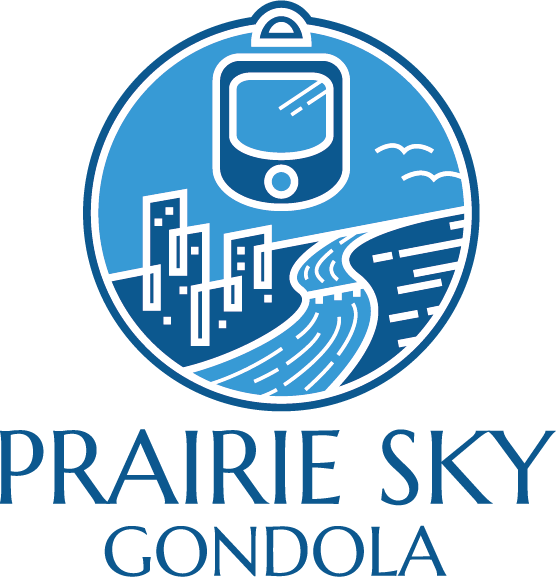
Cableway technology
A single-cable circulating track is planned, which will have 86 gondolas, 20 supports and a transport capacity of 1,800 people per hour. The cable car will operate 360 days per year, 16 hours a day. Parking will be spread across all stations, as there is not enough space for one large gondola depot.
All the gondolas will be furnished with folding heated seats, air conditioning and handrails, to accommodate mobility aids, bicycles, wheelcharis, strollers etc.
The windows will open to ensure air circulation and be fitted with fly screens to prevent dirt from getting into the gondolas. “For safety reasons, each gondola will be equipped with an intercom system, which will form a connection between the gondolas and the stations,” the CEO says.
Furthermore, there will be an infotainment system, providing media, marketing and educational information for passengers, including best practice for safety and hazard prevention. “A few gondolas will be fitted with a glass bottom,” according to Hansen-Carlsen. The energy needs of the gondolas will be met by individual solar panels.

Jeffrey Hansen-Carlson, CEO Prairie Gondola
“The key to our project is the storytelling. The cable car conveys the culture and history of the indigenous peoples and, at the same time, creates an experience for locals and guests. Prairie Sky Gondola and its stations will also make a significant contribution to the city development of Edmonton and improve the lives of residents. In general, I believe that there is great potential for urban cable cars in Canada.”
Funding
The cable car will be privately funded and not paid for by the taxpayer. “The operating costs will be covered 75 percent by tourists and 25 percent by commuters, even though each group will respectively account for half of the passengers,” Hansen-Carlsen emphasises the social fairness to the local population. Talks are currently being held with Edmonton Transit Service to integrate the cable car into the charging structure and transportation network.
Outlook
Moreover, Prairie Sky Gondola is in negotiations with the City of Edmonton and the Alberta provincial government, about the leasing of 42 sites for the towers and stations. A transportation impact assessment and business review have already been conducted and confirmed that Prairie Sky Gondola is financially sound.
“Steer Group, a globally renowned consulting company, has checked and confirmed the projections for passenger numbers and the business case of Prairie Sky Gondola, and given assurance that the project is necessary and feasible,” Hansen-Carlsen adds.
In 2022, once again, there is plenty on the agenda: the environmental impact assessment, re-zoning, support and station design, as well as a robust engagement of the general public and indigenous people. Prairie Sky Gondola will offer a unique and unparalleled experience when it floats through Edmonton in 2025.
Prairie Sky Gondola
| Type | 10-seater single-cable, circulating track |
| Transport capacity | 1800 p/h |
| Length | 2,5 km |
| Travel speed | 6 m/s |
| Journey time | 12 min |
| Stations | 5 |
| Gondolas | 86 |
| Supports | 20 |
| Investment costs | approx. 154 m CAD (106 m EUR) |







